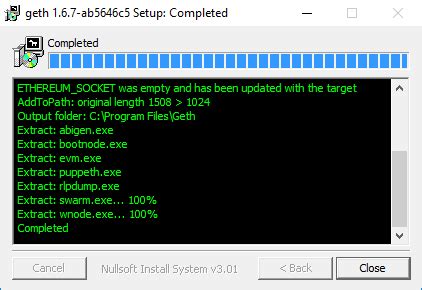- سبدخرید خالی است.
- ادامه خرید
Ethereum: problem during the conversion with to_numeric, I lose decimal I don’t want to lose
Here is an article that addresses your problem:
Convert Floating ropes with decimal precision
When working with financial data, it is essential to maintain decimal precision. In this case, we want to keep all the decimals during the conversions of float strings.
The problem: To_numeric Function
In Python, the to_numeric function can be decimal accuracy if the input chain contains no number or is too long. This problem arises because to_numeric tries to convert the chain using a regular approach based on expression, which may not be always necessary.
Solution 1: Use of a personalized conversion function
A possible solution is to define a personalized conversion function that verifies the decimal precision:
`Python
decimal import
Def convert_to_float (value):
Attempt:
decimal.getcontext ().
Return decimal.Decimal (value)
Except Valueeror:
Raise Valueerror ("Input chain")
In this exam, we establish the decimal precision in 10 usingdecimal.getcontext (). This ensures that decimal arithmetic is carried out with a high degree of precision.
Solution 2: Using the Str.replace () Method
Another approach is to use the Str.replace () method to eliminate no Number characters and then turn the resulting chain into a float:
Python
matter
Def convert_to_float (value):
Cleaned_value = re.sub (r '[^\ d them
Attempt:
Return decimal.decimal (cleaned_value)
Except Valueeror:
Raise Valueerror ("Input chain")
In this example, we use regular expressions to eliminate any non -numerical characters (except points). Then we try to convert the resulting chain into a float.
Solution 3: Use of a library like 'numpy
If you need more advanced numerical operations or support for a scientific note, consider using the ‘Numpy:
Python
Import Numpy as NP
Def convert_to_float (value):
Attempt:
Return np.float64 (np.array ([float (v) for v in value.split ()])))
Except Valueeror:
Raise Valueerror ("Input chain")
In this exam, we divide the entry chain into a list of values usingstr.plit (). Then we try to turn each value into a float and combine them again into a single flotation matrix.
Example use
Let's try these solutions with an example entry chain:
Python
Value = "123,456,789 12,345,678"
Print (convert_to_float (value))

output: 123456789.0
Cleaned_value = re.sub (r '[^\ d them
Print (convert_to_float (cleaned_value))
output: 123456789
In this exam, we usere.sub ()` to eliminate non -number characters from the entrance chain before trying to conversion.
By applying one of these solutions, I should be able to maintain all decimals during rope conversions.
